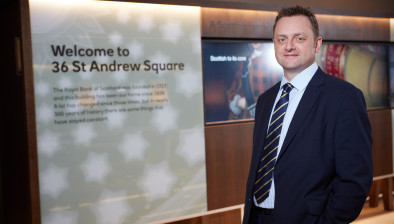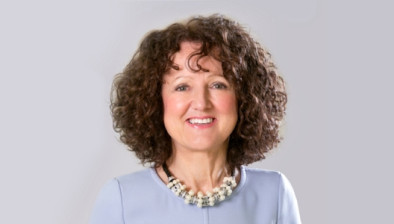BoE official urges caution on rate cuts in new ‘age of supply shocks’

Megan Greene
Speaking at the University of Glasgow’s Adam Smith Business School, a Bank of England policymaker has called for a fundamental rethink of how central banks respond to economic shocks, arguing that a cautious approach to cutting interest rates is necessary in an increasingly volatile world.
Monetary Policy Committee (MPC) member Megan Greene stated that the conventional wisdom of “looking through” supply-side shocks is now outdated. She warned that the world has entered an age where such disruptions are likely to be more frequent and severe.
Ms Greene argued that events like the COVID-19 pandemic and Russia’s war in Ukraine are not anomalies but examples of a new economic reality. She identified climate change and geoeconomics – including trade fragmentation and geopolitical tensions – as key drivers of future supply shocks. These events disrupt the production of goods and services, pushing inflation up while simultaneously suppressing economic output.
The traditional approach for central banks, summarised by Ms Greene as the “four Ts”, has been to view these shocks as transitory and to avoid reacting due to the difficult trade-off between controlling inflation and supporting growth. This view relied on the belief that monetary policy tools are ill-suited for supply issues and that anchored inflation expectations would prevent long-term effects.
However, Ms Greene described this thinking as “timeworn”. Recent experience has shown that successive shocks can have persistent, multiplicative effects on the economy, and their transmission is highly dependent on the economic environment, such as the tightness of the labour market.
Applying these lessons to the current UK economy, Ms Greene highlighted several reasons for caution. She pointed to persistently weak productivity growth and a potential negative shock to labour supply since the pandemic. With UK inflation, which stands at 3.8%, remaining stubbornly high in “stark contrast with our developed economy peers”, she sees the hallmarks of an adverse supply shock.
Given these upside risks to inflation, she argued for a prudent approach to monetary policy. “When there is uncertainty around intrinsic inflation persistence, as there currently is, a monetary policymaker should respond to inflation,” she stated.
In her view, this response should involve being cautious about cutting interest rates. She suggested that skipping potential cuts would be preferable to being forced into a policy reversal of hiking rates later, an action that could threaten the central bank’s credibility.
Her comments stand in contrast to remarks made this week by Bank of England Governor Andrew Bailey, who indicated that the general path for interest rates was “downward”.







